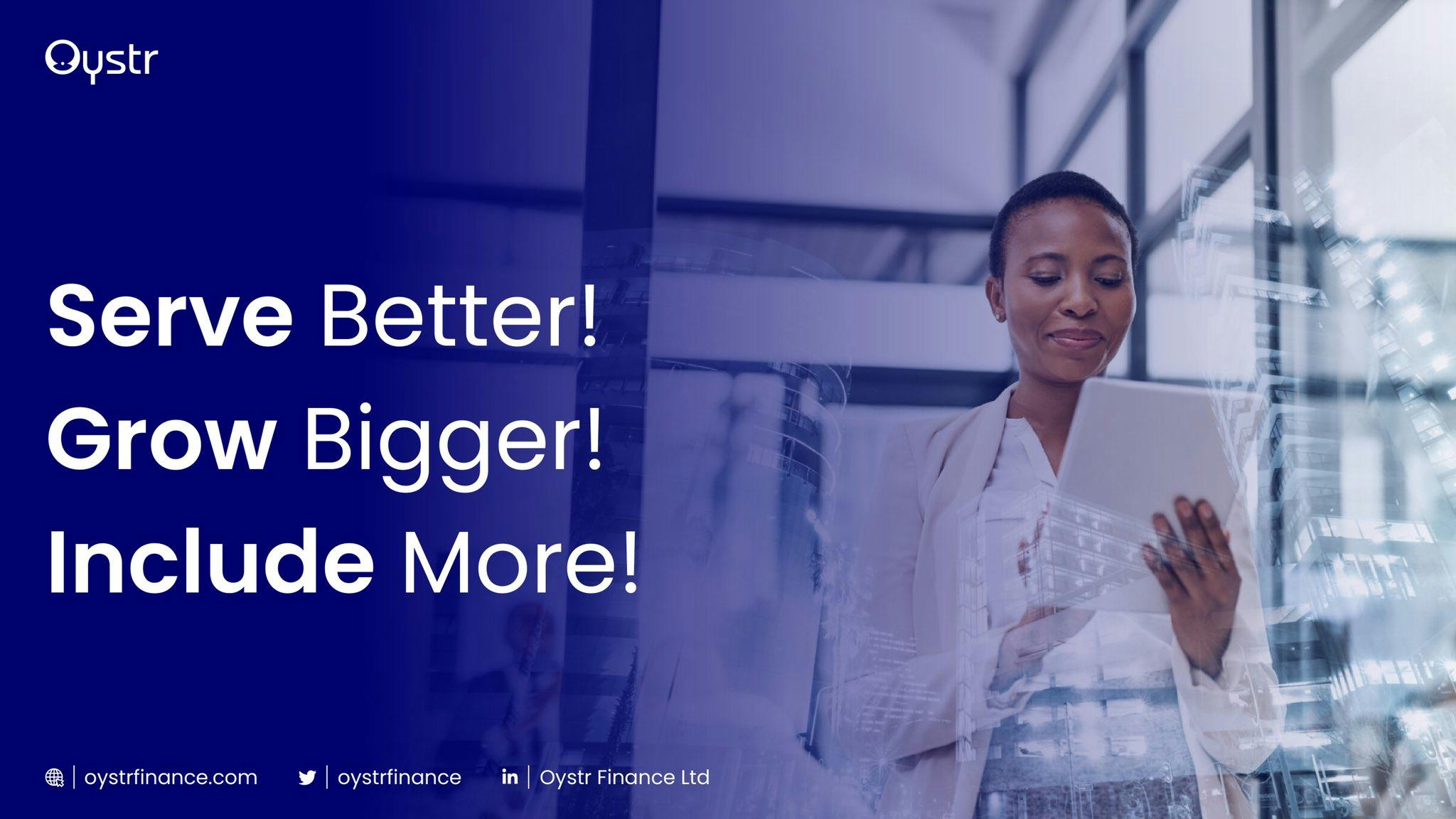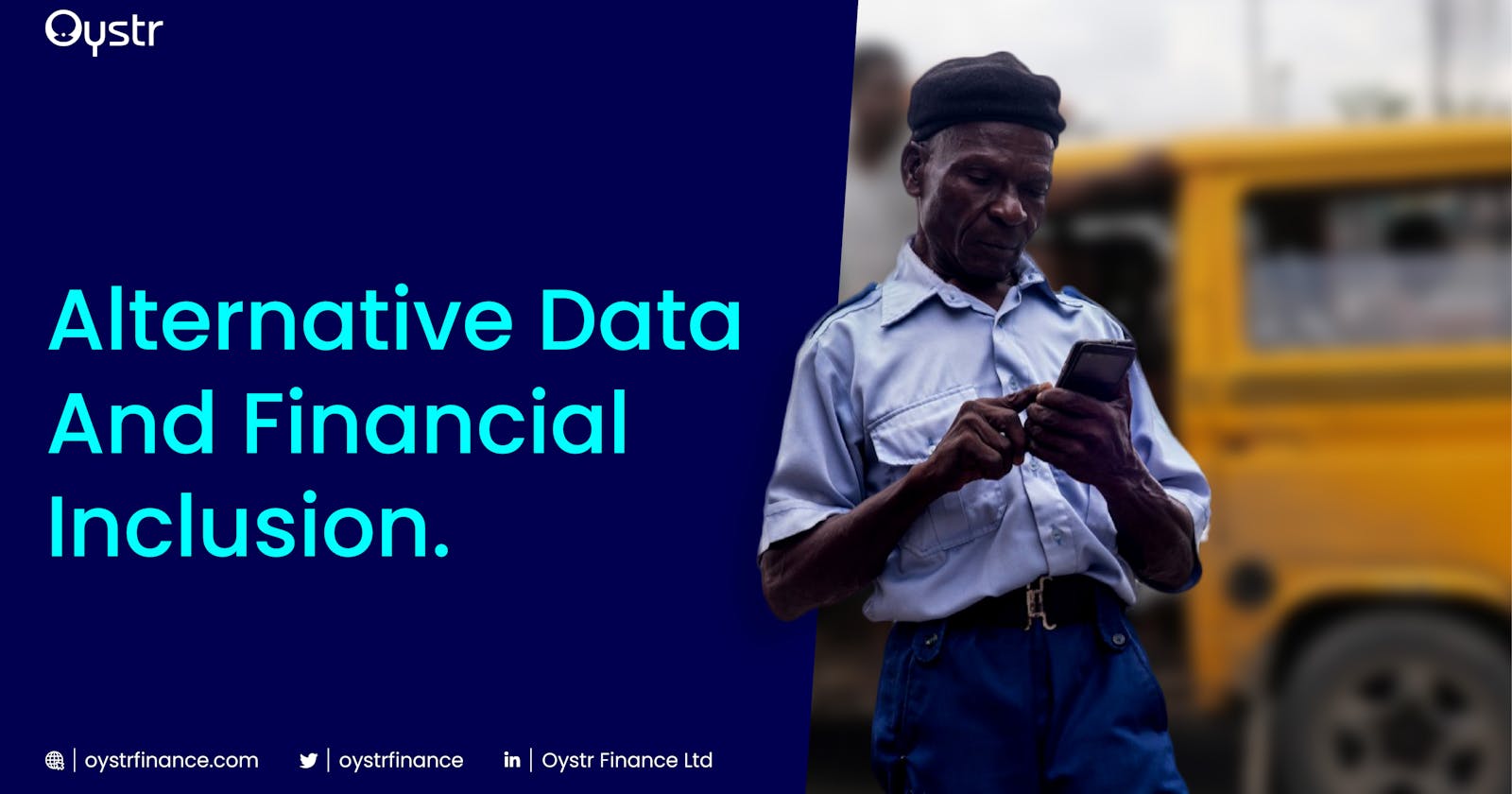The United Nations (UN) listed Financial Inclusion among its Sustainable Development Goals (SDG). More so, experts identify it as a facilitator for seven of the seventeen SDGs in Africa. Today, about 2.3 billion financially eligible individuals in the world have no formal bank account, hence, financially excluded. In Africa, about ninety-five (95) million eligible adult individuals classify as financially underserved.
While these figures give an incomplete picture of the global financial inclusion status, they indicate the need for emphasis on reaching underserved populations. In response, different nations continue to develop and implement strategies to drive towards an inclusive economy in their states.
Alternative data has been identified as a key to driving financial inclusion. Thus, governments, financial institutions, and fintech firms are exploring ways to leverage it for expansion and for serving the underserved.

How Does Alternative Data Drive Financial Inclusion?
Technological innovations in artificial intelligence, machine learning, and big data analytics bloomed in the last few years. These, coupled with increased data generation due to increased mobile device usage, evolved the exploration of all kinds of data.
Likewise, the need for deep and accurate real-time information intensified. Several sectors identified the wealth of information produced by several individuals every day and the potential of harnessing them. As a result, they embraced unconventional datasets to inform their decisions, especially in finance.
Alternative data obtained, sorted, and analyzed from various non-traditional sources contains unique insights. Consequently, different facets of the finance industry, as well as businesses, employ it to formulate smart strategies and decisions.
In addition to corroborating databases and providing exceptional, hidden insights, alternative data does even more. These new datasets allow financial institutions to reach heretofore unbanked individuals and untapped markets at lower costs. The following highlights discuss the ways through which alternative data contribute to financial inclusion.
Credit Risk Assessment
Financial institutions (FIs) find certain data or information unavailable due to a lack of financial access. Unbanked, and underserved populations in general, usually lack access to basic additional services like credit and insurance. One major reason for this includes the risk attached to offering these services to excluded customer segments.
For instance, a typical credit approval process involves customer profiling where data such as repayment history, credit dues, outstanding debts, and credit reports, are considered. Banks and FIs carry out this operation to determine the creditworthiness of a customer.
However, the system automatically excludes underserved individuals and businesses because they do not have quality credit history data. Alternative data offers the underserved an opportunity to access credit and insurance through various pathways. It closes the bias between "credit-visible" customers and "credit-invisible" customers caused by inadequate data on past credit habits.
Fintechs create credit profiles for such customers from alternative datasets like utility payments history, mobile phone bills, rent, consumption patterns etc. Alternative data contain robust and reliable customer insights that clarify financial behaviour and help FIs to build strong predictive risk models.
With this information, FIs can confidently verify credit risk for underserved individuals and businesses and grant higher credit approval and lower interest rates. Therefore, it helps financial services providers (FSPs) to maintain better operations while managing cost and risk.

Financial Identity
Besides credit, alternative data helps to create and establish financial identities for underserved individuals. It promotes financial inclusion by providing FIs with the information required to serve unbanked and underbanked individuals.
Banks and other financial services providers need to satisfy Know Your Customer (KYC) requirements in their operations. However, the unbanked are completely excluded from the financial system. This essentially impedes operations that provide financial access to unbanked individuals such as opening accounts.
Leveraging alternative data such as public domain data enables financial service providers to satisfy KYC, verify customers' identities, and deliver more affordable services.
Financial institutions often require several data in order to give individuals and businesses access to certain financial services. However, underserved individuals usually lack this information because they lack financial access. The application of alternative data and analytics allows financial identities to be created for them and provided to FIs.
For example, a cash-only medium-scale business operating without a financial identity seeks an insurance policy. However, the business is unable to provide transaction data or other useful financial information.
An insurance company which uses alternative data can tap unique datasets for insights and additional information on the business. This allows them to assess the consumer more objectively and extend the insurance policy to them.
Customized Financial Services and Products
The marketing and design of financial services and products (typically should) depend on the needs and expectations co. Extracting useful insights from alternative data reveals the types of financial services or products that are useful to individual customers.
Analytics enables banks and other providers to classify their customers and interact with them better. Hence, individuals are offered and guided through financial services and products customised for their needs to give personalised experiences. This also encourages customers to become more financially involved with banks and FIs, further immersing them into the system.
Identifying Untapped Markets
Alternative data provides banks, fintech firms, and other financial institutions an opportunity to convert unbanked and underserved populations into a budding consumer base.
These customer segments form an untapped market that can be discovered and harnessed by employing alternative data. An Accenture report suggests that the unbanked or underbanked in emerging markets can generate an additional $380 billion in revenue for banks that take advantage of the nascent demand.
One of the major challenges small and medium-sized enterprises (SMEs) face includes the inability and difficulty to obtain funding. Many SMEs find it difficult to provide certain traditional data required to obtain funding for their businesses.
Alternative data has the potential to create financial identities for their businesses. Governments or investors can also harness alternative data to assess their applications and release funding. This gives the opportunity to expand their businesses, join the mainstream financial system and contribute to economic growth. Therefore, alternative data creates a convergence of revenue generation and social responsibility for FIs.

Strengthening Financial Inclusion Policy and Strategy
Data-driven strategies tend to succeed compared to sentimental ones. Alternative data stands as one of the pivots of financial inclusion policy and strategy. Experts identify mobile penetration and alternative data as intensifiers for driving national inclusion. Hence, several countries are incorporating new alternative datasets such as banking data, purchase data, and utility and telecom data.
Alternative data and analytics help policymakers compile high-quality demand-side and supply-side financial inclusion data. Demand-side data typically illustrates demographic data, financial data, cultural data and spending data.
The World Bank’s Financial Inclusion Index (FINDEX amassed demand-side data on financial services interactions in almost 150 countries to support national strategies, policies, and regulations for inclusion. This reveals alternative data as a crucial part of financial inclusion.
Driving Digital Inclusion
Reaching and serving the underserved requires a combination of strategies and technologies to achieve financial inclusion. The collaboration of players in data technology, mobile network operators, fintech, banks and other FIs form an irresistible push towards inclusion.

As more FIs embrace alternative data, the adoption of data technologies also drives forward. Hence, in addition to refining and analyzing alternative data, FIs also adopt the use of data technology for other inclusive purposes. This includes database technologies that handle large amounts of customer data with real-time processing power.
Reaching the large unbanked population requires resources to serve the number of customers across large datasets at a low cost. It also makes the authentication of digital identities in real-time for account logins. This contributes to the revolution of digital and online banking and as well helps banks to serve more underserved individuals better.
Marketing of Financial Services
Alternative data possesses the potential to influence the marketing strategies employed by financial services providers. Unique datasets such as browsing history data, and online or social media activity contain insights that reveal the kind of advertisement that appeals to consumers' needs, expectations and interests. FSPs can obtain such insights through data mining to convey customized advertisements to their customers.
Companies like Google harness the effectiveness of data-informed marketing. FSPs can also obtain public domain data and analytics to target their marketing and advertisements to particular customers, especially online.
Conclusion
Embracing a financial system that utilizes alternative data in addition to traditional data fosters greater financial inclusion. It allows the financially underserved to enter the mainstream financial system and enjoy several affordable, high-quality services and products. Leveraging the rapid generation of data and technological advancement, the system gains an understanding of the underserved from unique datasets.
Several new forms of alternative data are being considered to expand financial services to the lower-income, underserved, and excluded customer segments. While the progression raises a few concerns, it continues to make significant impacts on inclusion as well.
The use of alternative data to drive financial inclusion benefits FSPs and underserved populations and promotes economic growth.
Oystr Finance is the largest alternative data infrastructure in Africa. Many financial institutions and Mobile Money Operators are partnering with us to serve more customers and achieve financial inclusion. Visit our website to learn more.

